Athens Travel Guide: Top Attractions
The cradle of civilization and the birthplace of democracy, Athens is a city where the past and present coexist, where a vibrant modern culture surrounds ancient landmarks. For Christian travelers, visiting this great city awakens everything they love about travel, from standing on Mars Hill where Paul preached the gospel to art and culinary delights. Here’s our travel guide to the top attractions in Athens.
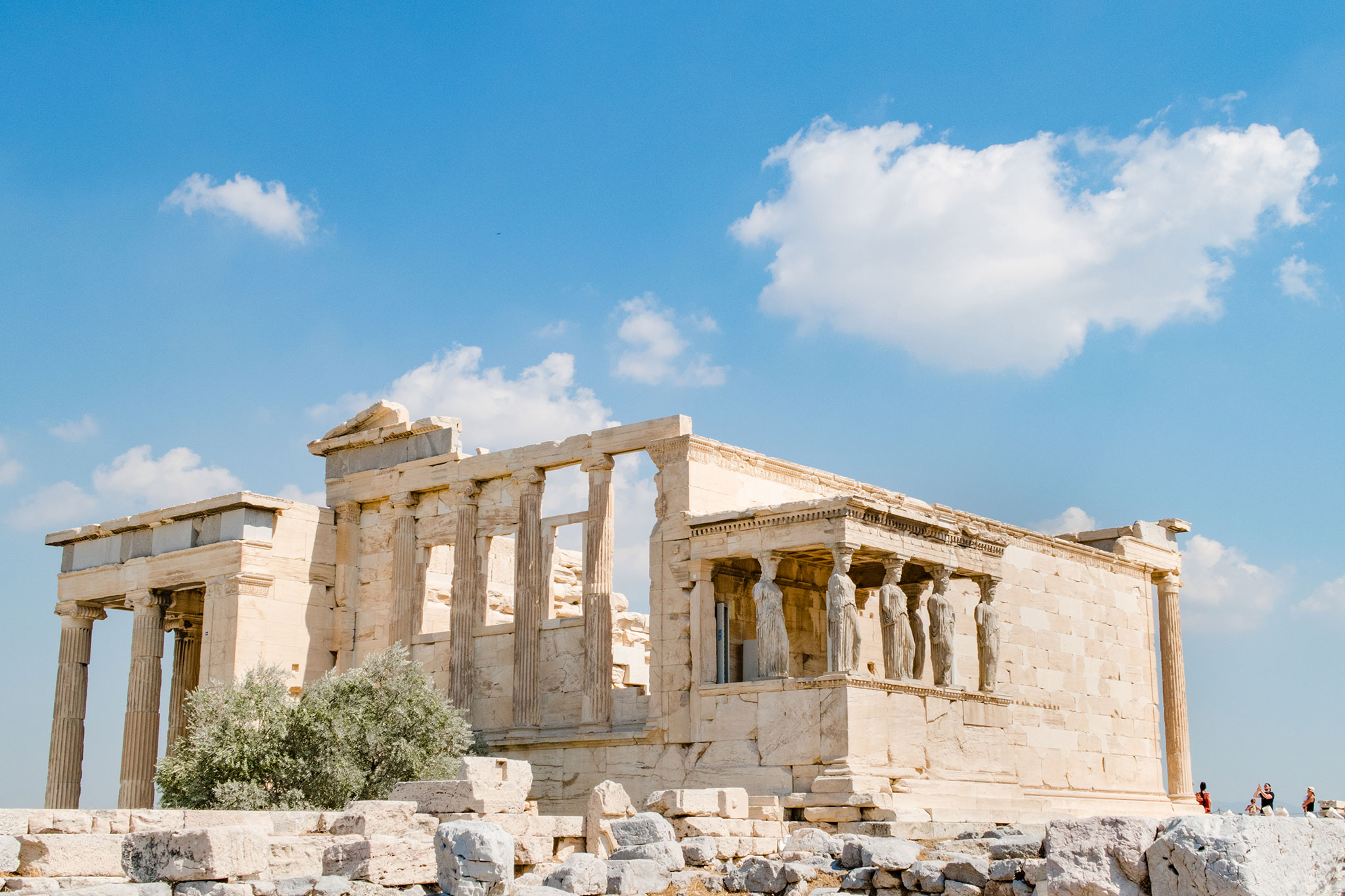
The Acropolis
Rising majestically atop a hill overlooking the city, this monument—a complex of multiple buildings—has stood for more than 3,300 years as a testament to the philosophy and art that defined ancient Greece’s thriving culture.
One of the most famous buildings in the complex, the Parthenon, was a temple dedicated to the goddess Athena. But despite this pagan heritage, it remains a symbol of this once-powerful culture. It is a must-see in Athens, especially for its breathtaking views. We recommend visiting early to avoid the crowds and summer heat.
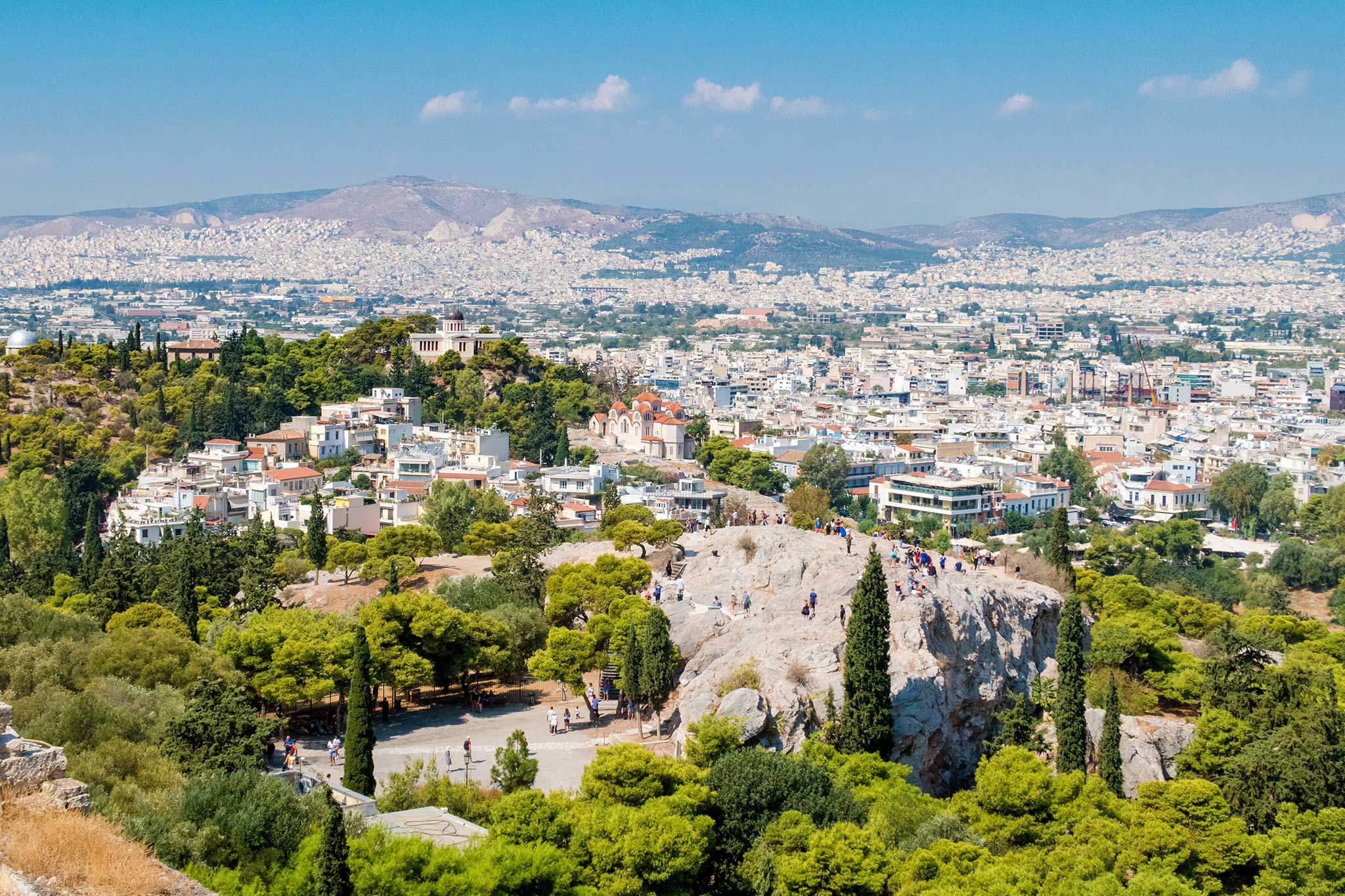
Mars Hill
Step into biblical history at the rocky outcrop near the Parthenon known as Mars Hill, where Paul shared the gospel message with a group of philosophers. As Acts 17 describes it, Paul displayed his grasp of the intellectual foundations of Greek culture while pointing to salvation through Jesus Christ. This site is also known as the Areopagus. Visitors can read the text of Paul’s sermon on a brass plate embedded in the rocks.
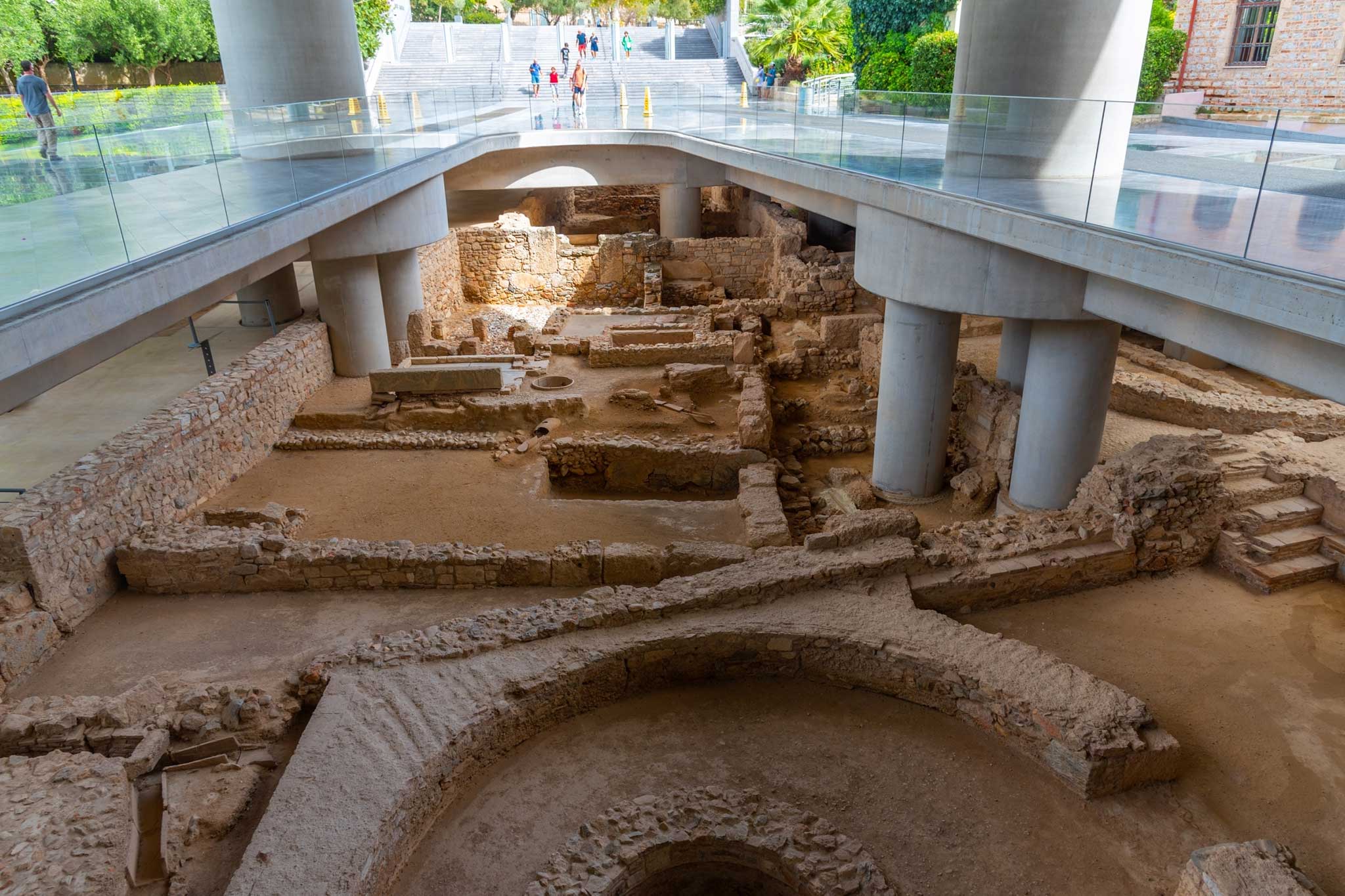
Acropolis Museum
At the base of the Acropolis, a relatively new museum tells the story of this archaeological site across 150,000 square feet of space. Early Greek sculpture art, elegant statues and artifacts are displayed beneath glass floors. Visitors particularly enjoy the panoramic views of the Parthenon and other iconic landmarks.
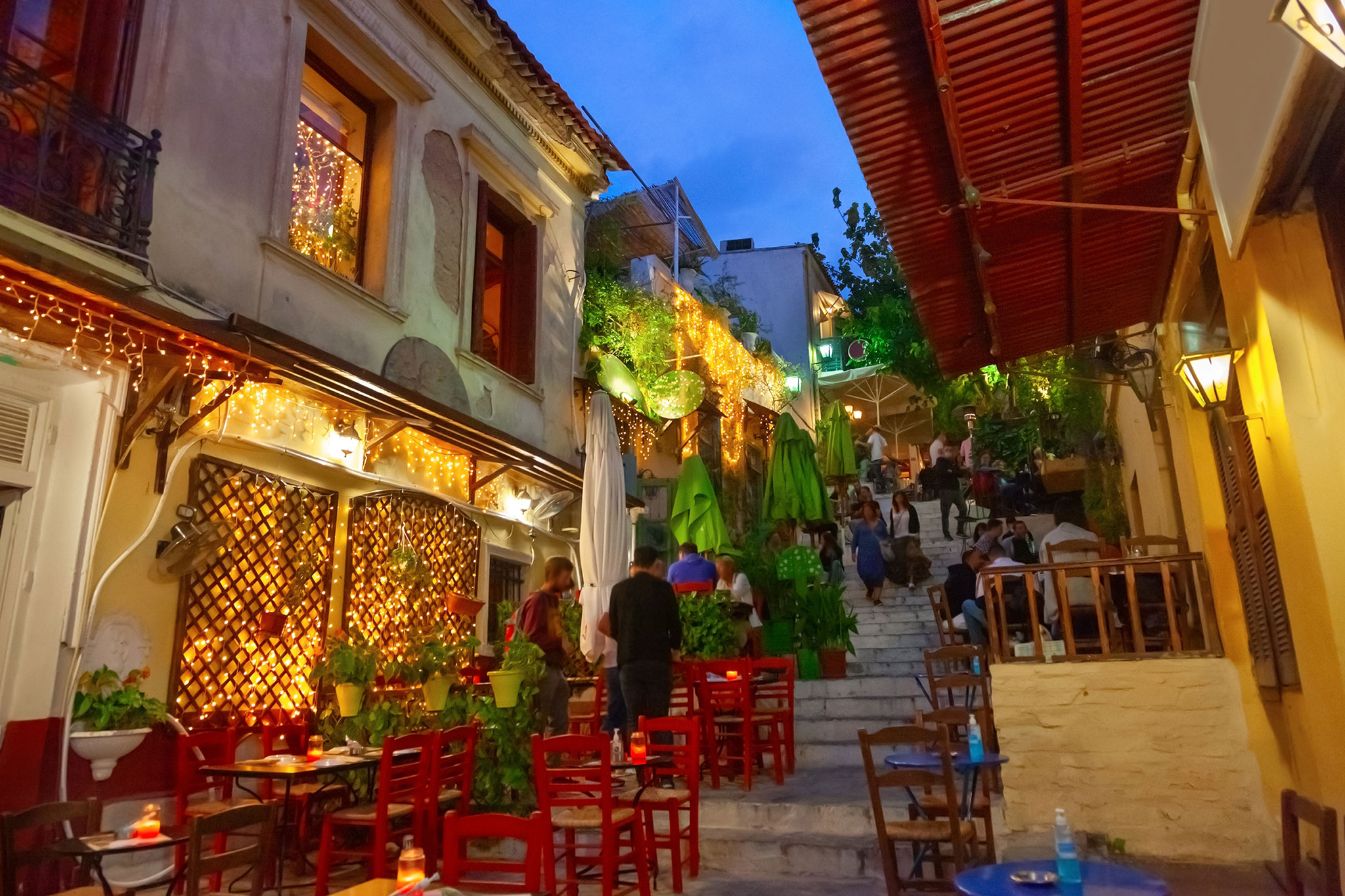
Plaka District
The uniquely Aegean-whitewashed houses of the Anafiotika neighborhood remind visitors of beloved islands like Santorini. For tourists who may value food and culture above history, its quaint streets are lined with vibrant markets where artisans sell local crafts and traditional Greek products. You’ll love chatting with the welcoming Greeks as you stop at a cozy café for a gyro or sweet loukoumades (deep-fried dough soaked in honey).
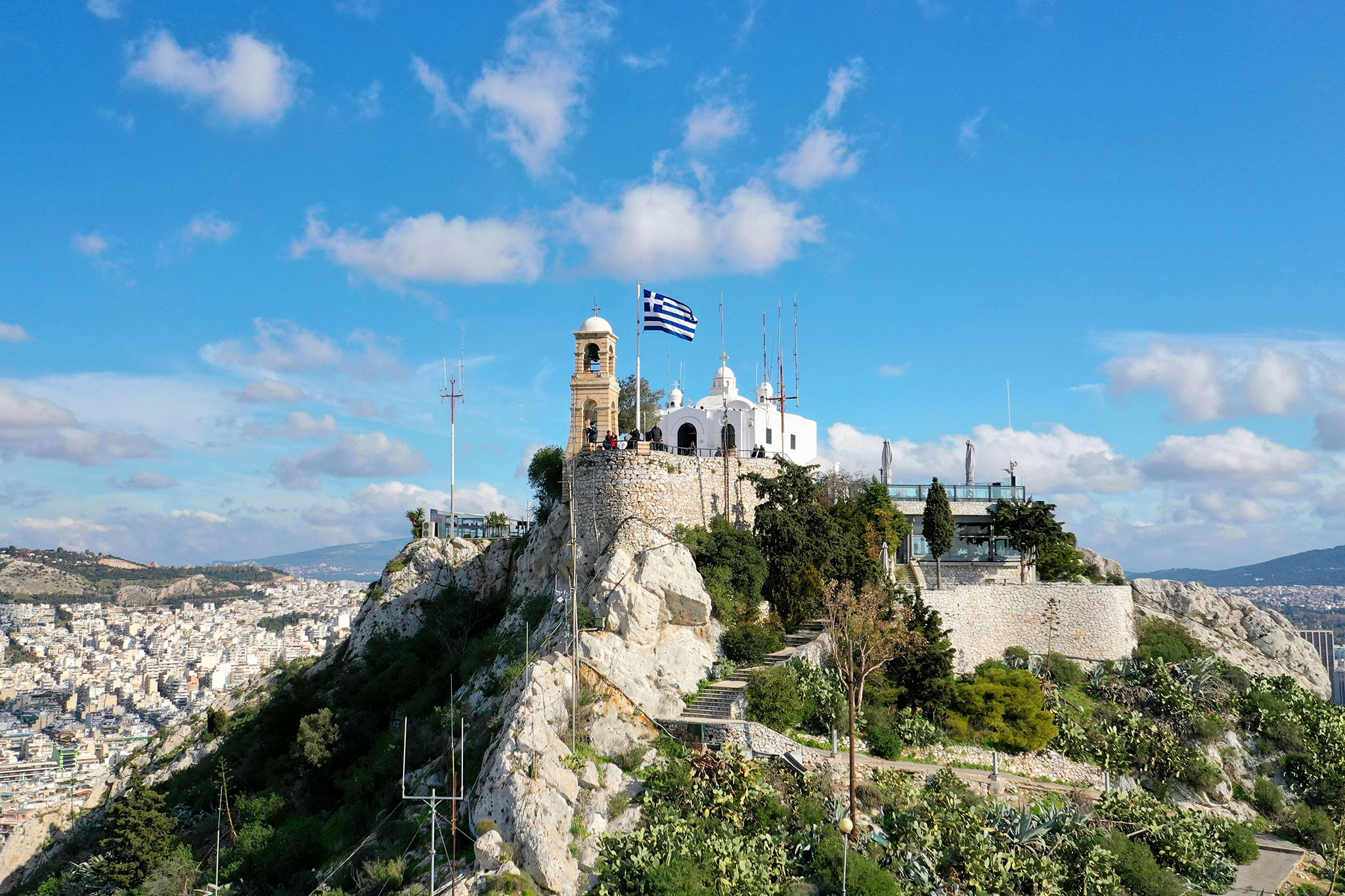
Lycabettus Hill
We recommend a sunset atop Lycabettus Hill. A short climb (primarily stairs) will take you to the top, or enjoy a 10-minute ride in a funicular. The panoramic vista allows you to see the port of Piraeus and the Aegean Sea beyond it. A café on top of the hill serves food and drink. You’ll love stepping inside the quiet Greek Orthodox church at the top.
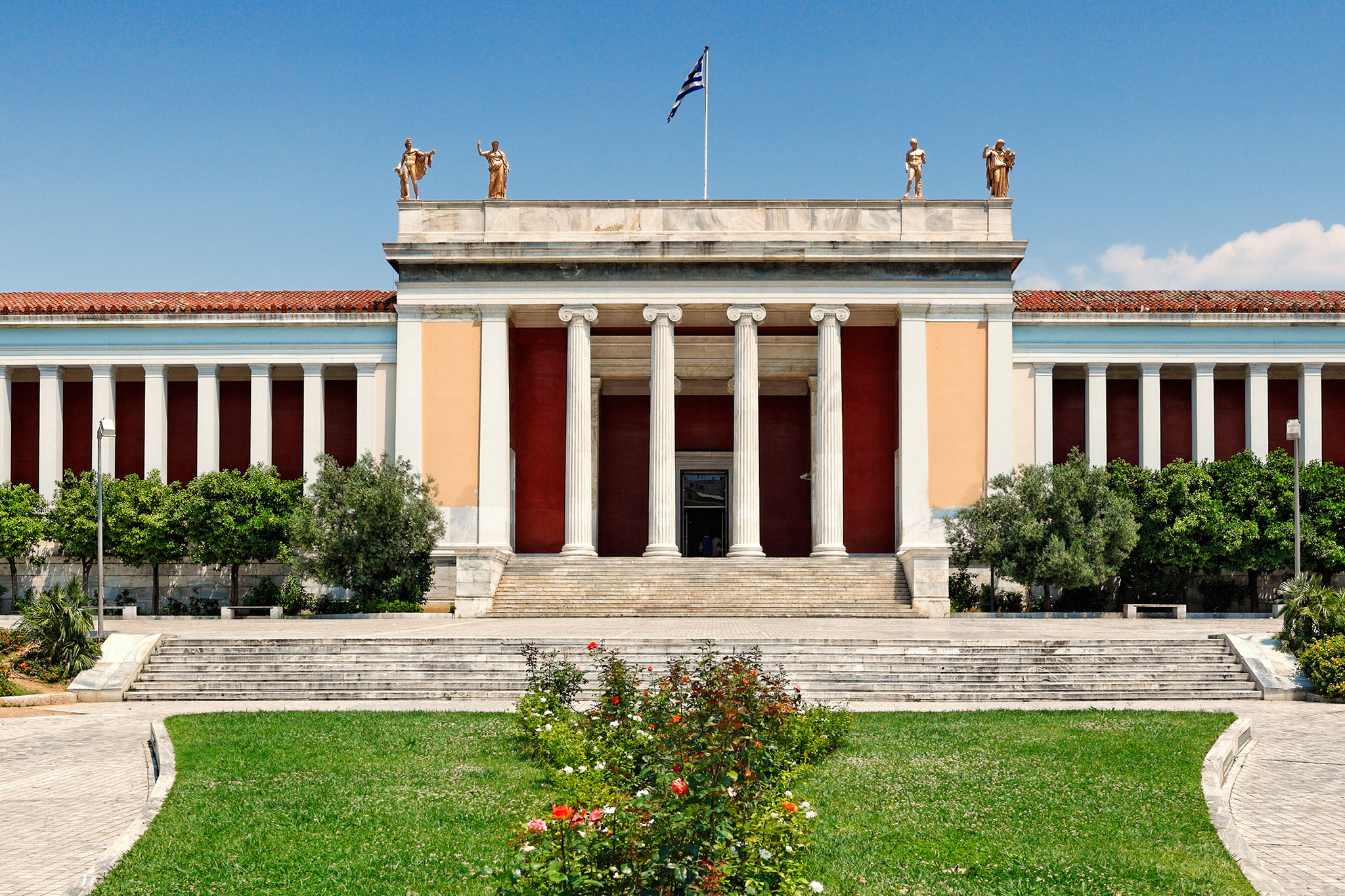
National Archaeological Museum
Explore the best collection of Greek antiquities in the world; this sprawling museum is a treasure trove of history. You’ll see the Mask of Agamemnon, a gold funeral mask that dates back to the 16th century B.C., incredibly detailed frescoes from Santorini, and countless statues and artifacts dating back to this ancient civilization. You’ll want to spend at least two hours touring its exhibits.
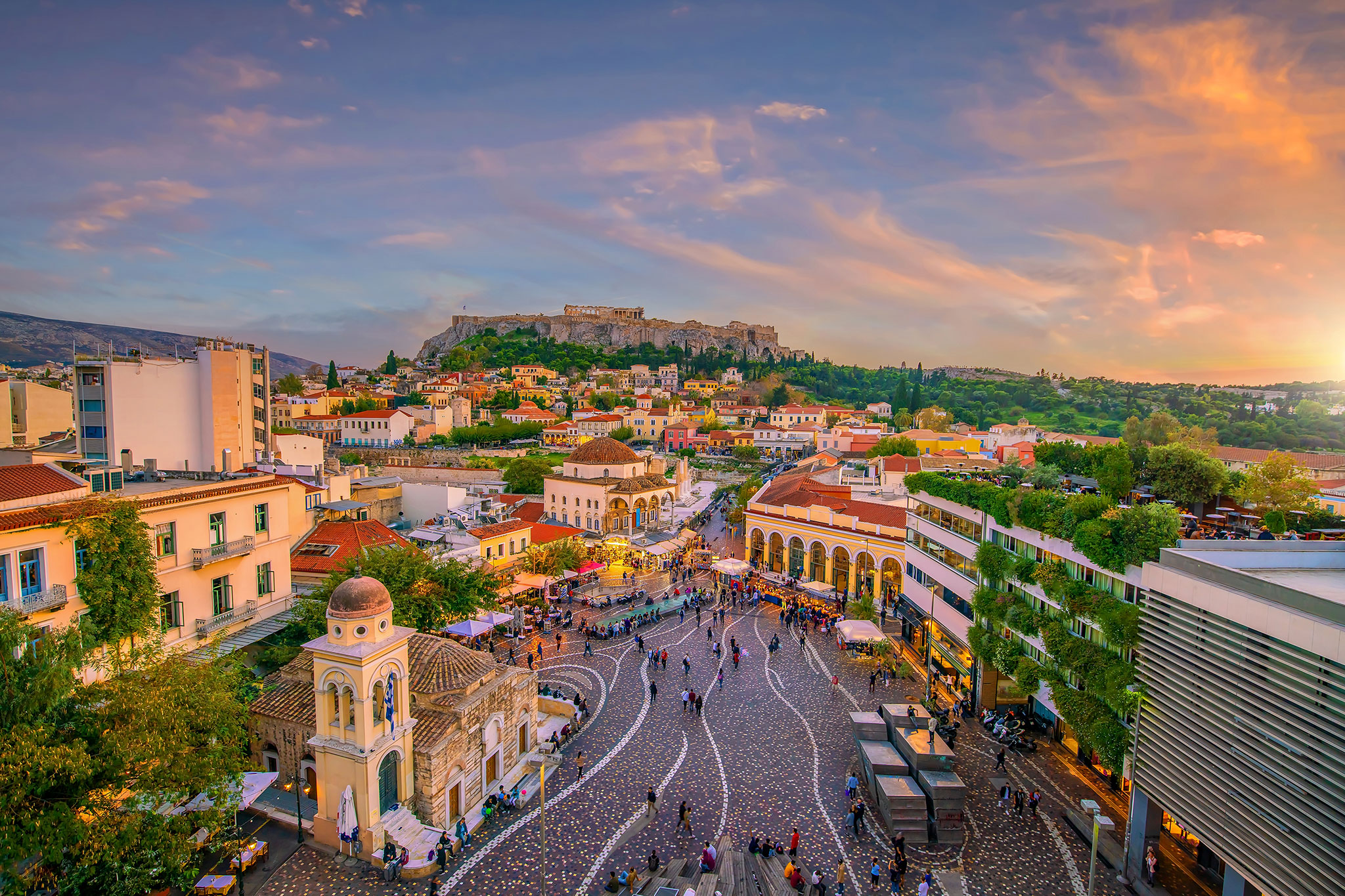
Monastiraki Square
Every visit to Athens is completed with an immersive cultural experience in Monastiraki Square, home to a lively flea market where you can glimpse Athens street life while exploring all kinds of handicrafts, local street food and local antiques. If you’re hungry, sample souvlaki (skewered meats served in a pita wrap) and various pastries, including spanakopita (spinach pie). Nearby, the Tzistarakis Mosque and Hadrian’s Library offer additional cultural activities.
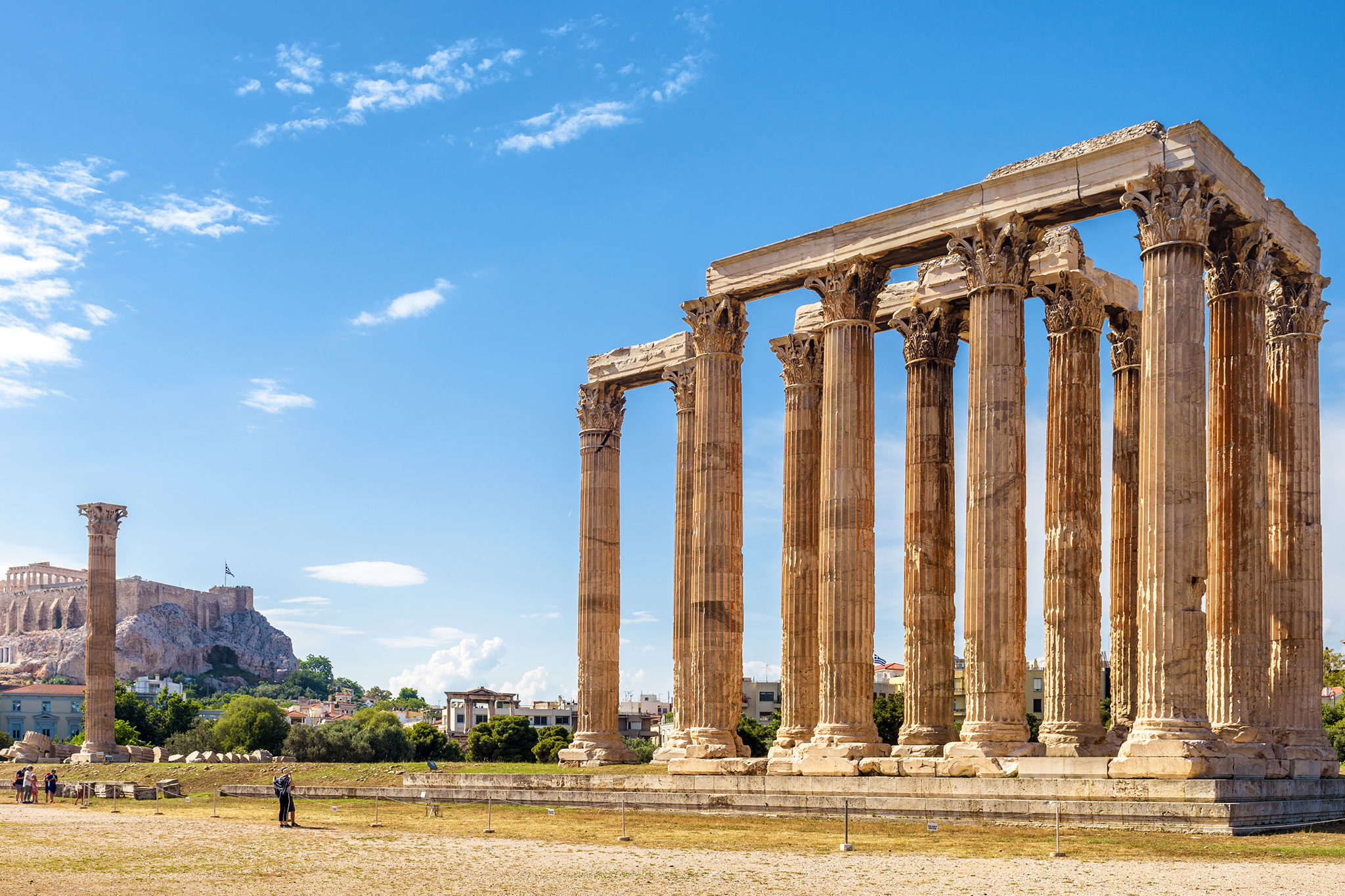
The Temple of Olympian Zeus
In the center of Athens, this colossal ruin dates back to the sixth century B.C. and was dedicated to Zeus, the king of the Olympian gods, until being pillaged during an invasion in the third century. After that, the temple fell into disuse and began to be quarried for other building projects. The remaining 15 of its original 104 Corinthian columns give visitors a glimpse at the building’s former glory.
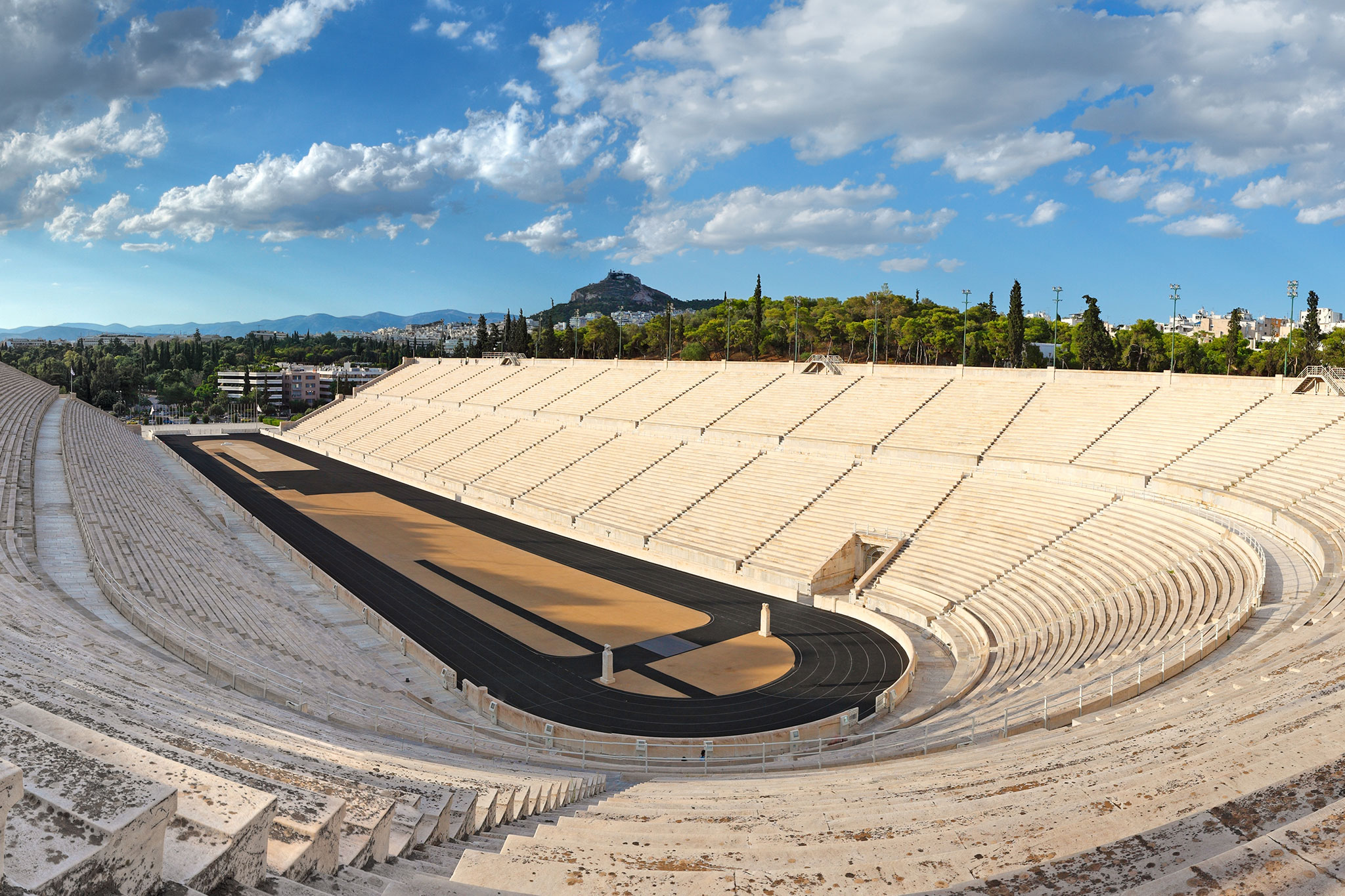
Panathenaic Stadium
This historic stadium, sometimes known as Kallimarmaro, hosted the ancient Panathenaic Games as far back as the fourth century B.C. and was renovated for the first modern Olympic Games in 1896. It stands out as the world’s only major stadium built entirely of marble, elevating modern athletic competition and Greece’s rich history of sporting events. This multipurpose stadium is still in use today and serves as the endpoint for the classic Athens Marathon. It remains open to the public for tours.
Athens is one of the world’s major cities and serves as an open-air museum, where ancient sites and New Testament history stand in close proximity to a vibrant modern culture. We love introducing cruise travelers and other tourists to this beautiful and ancient destination. Which site or experience are you most interested in?








